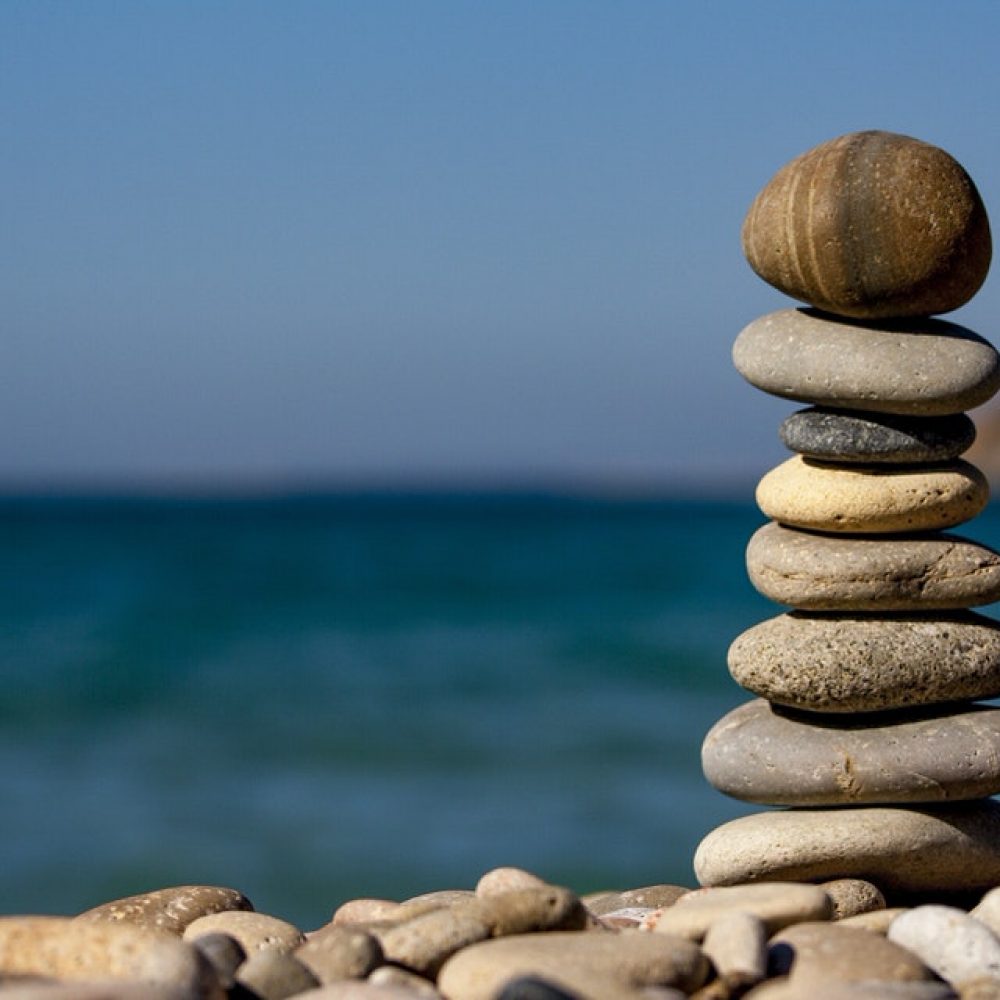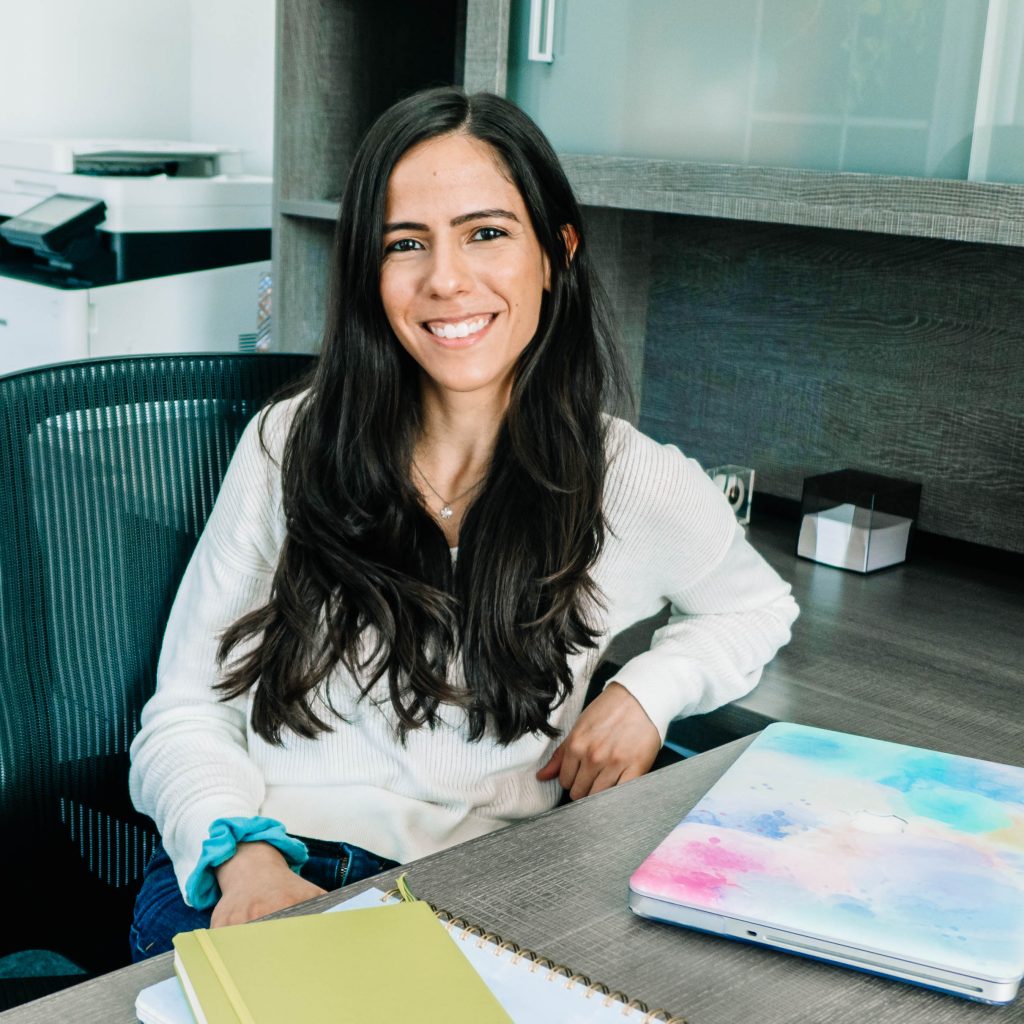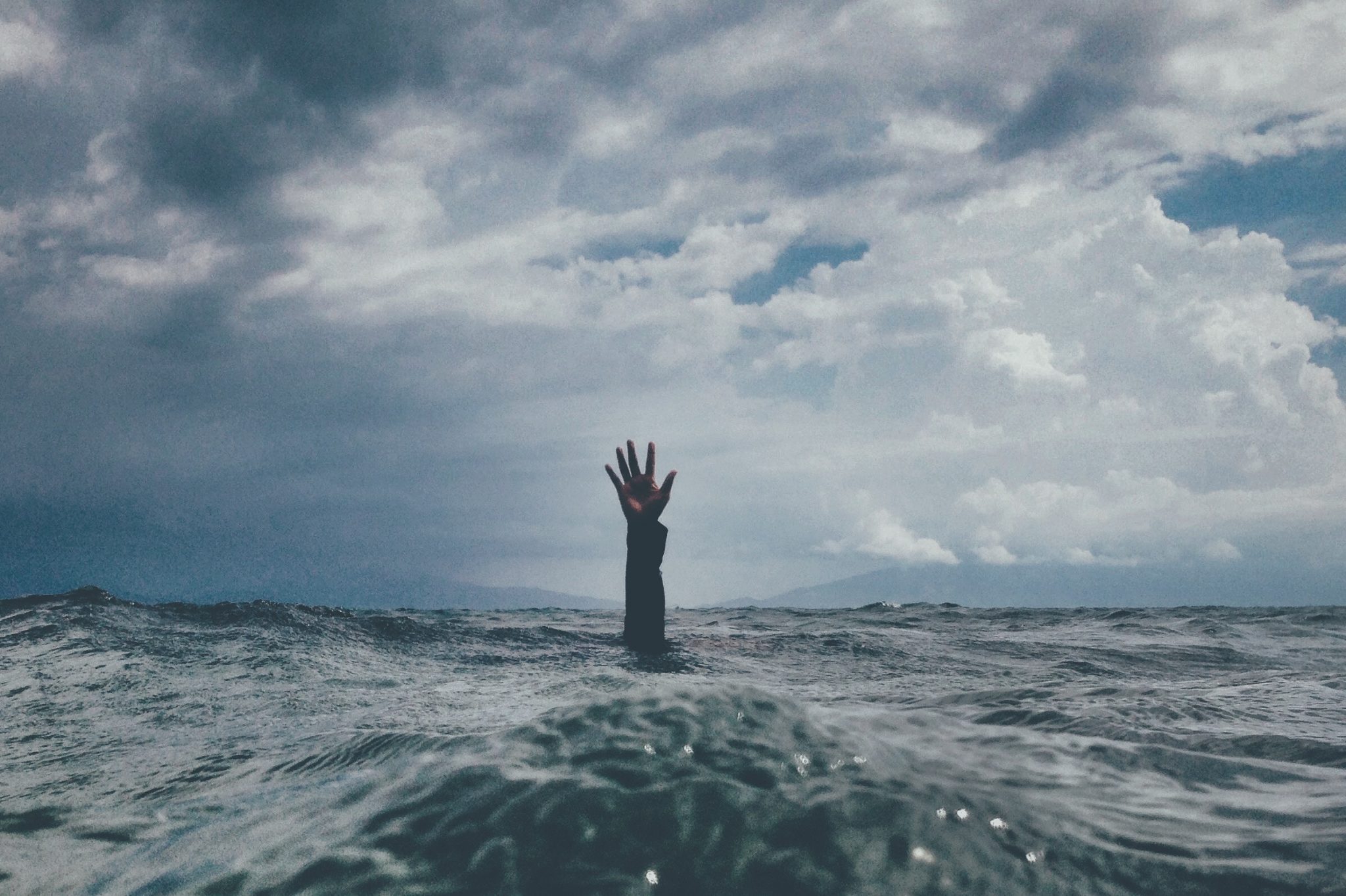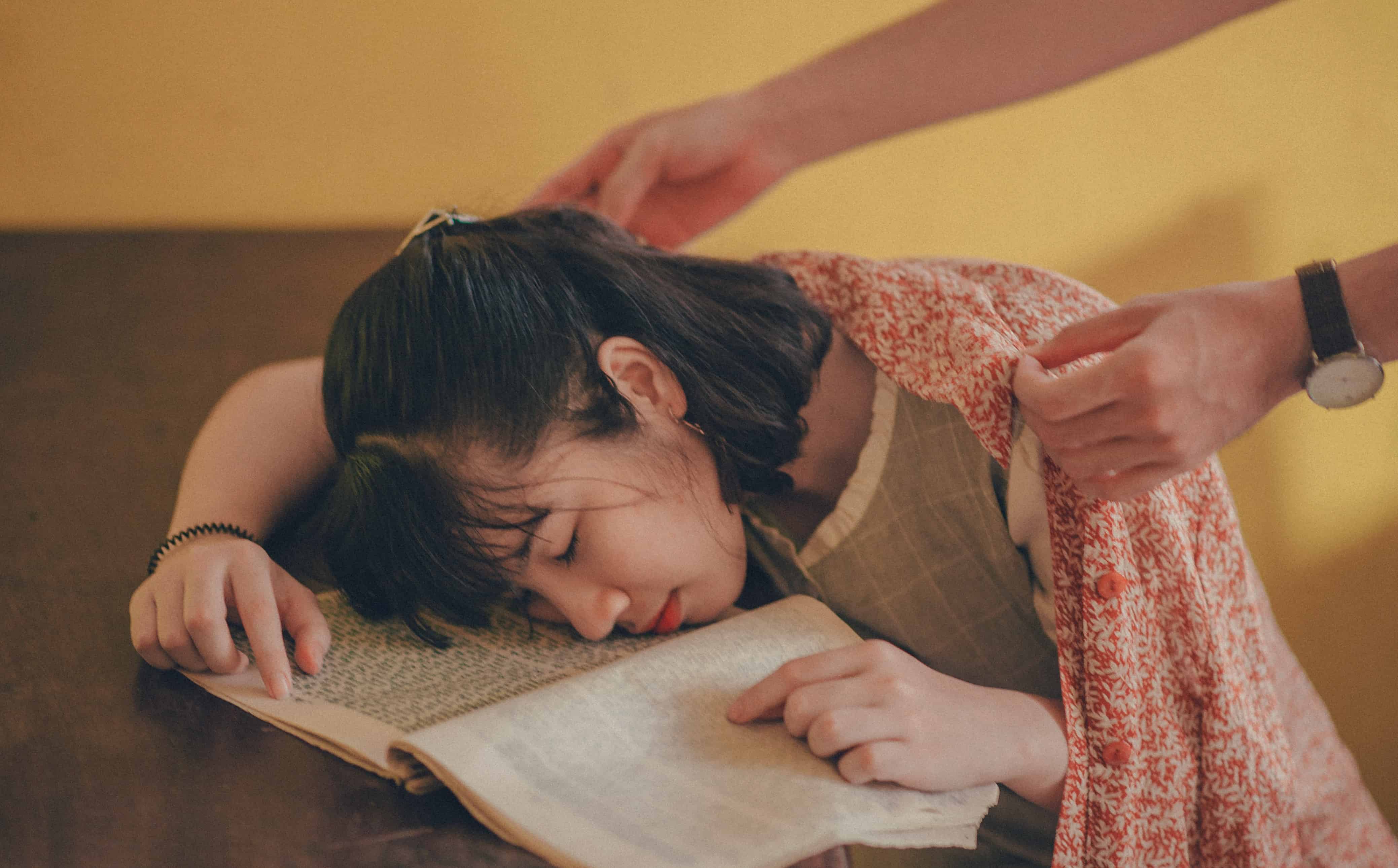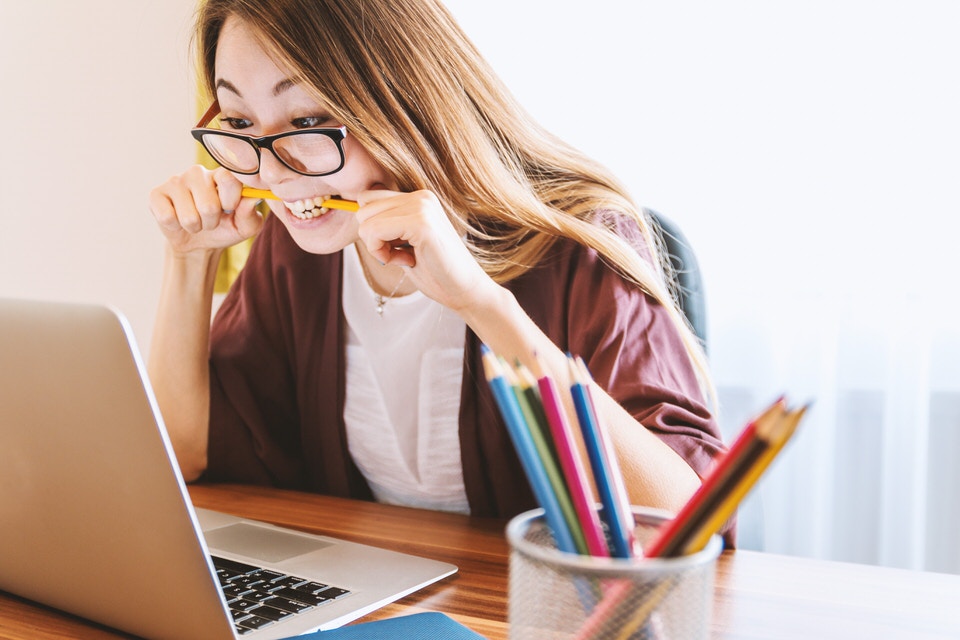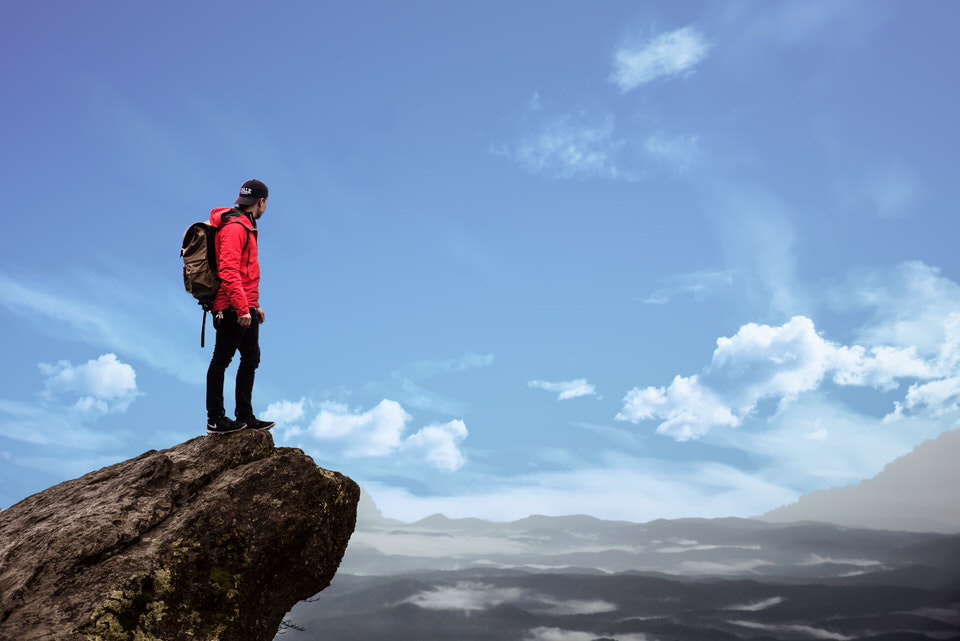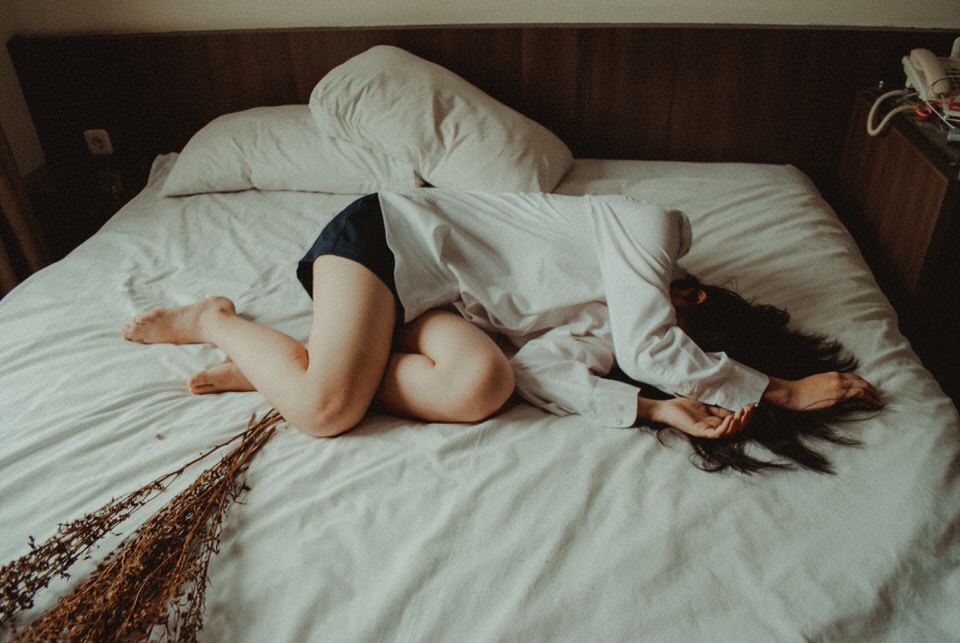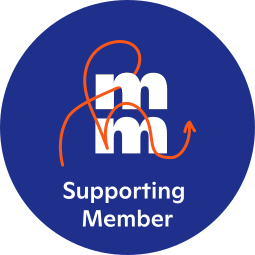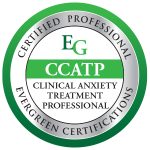Tips To Help You Cultivate More Calm In Your Life

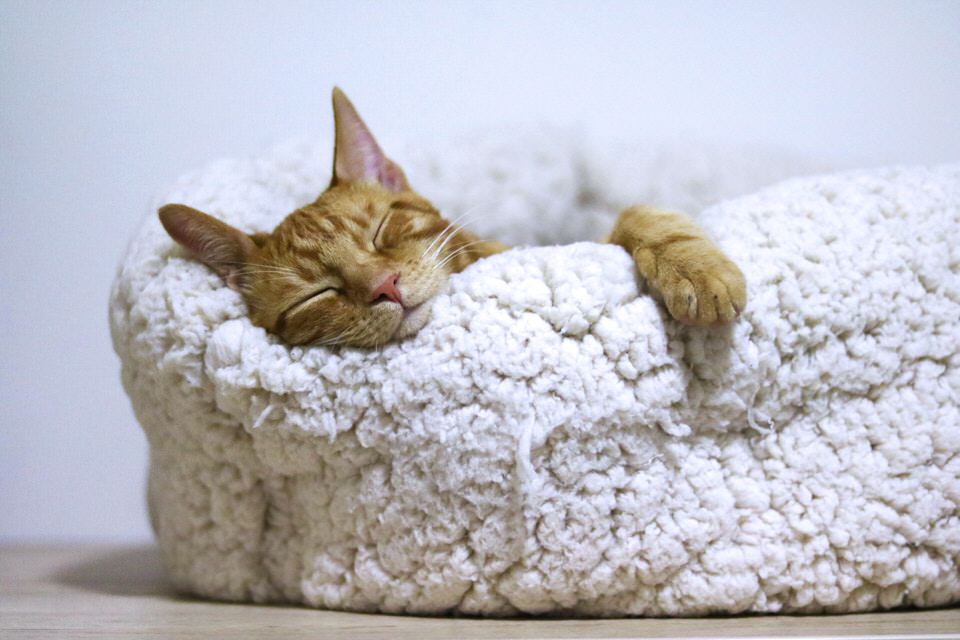
When you’re feeling anxious, it can be hard to tell yourself (or hear from others) to calm down. You may know that you probably should calm down… but you are busy freaking out or stressing out or panicking over something else.
How do you stop this stress response from occurring, and how do you start practicing more relaxation instead?
Anxiety can be a very physical reaction to perceived danger. You can experience any or all of the following physical sensations:
- Muscle tension
- Increased heart rate
- Shallow and/or labored breathing
- Dizziness or numbness
- Feeling that you may faint
- The need to escape or run away
- Freezing
- Tightness or burning sensation in your chest or throat
- Muscle twitching
Keep in mind that this is not a comprehensive list- anxiety can manifest in different ways for different people.
Why Are Anxiety Relaxation Techniques Helpful?
These physical sensations can feel scary. Remember that your safety always comes first. Some of the above symptoms can also be signs of medical problems so please use your best judgment and go see your doctor or go to the emergency room if you have concerns.
If you are sure that your symptoms are not due to a medical condition and they are a result of stress or anxiety, relaxation techniques can be immensely helpful.
When your body is in a state of anxiety or responding to a danger physically, it can be difficult to access certain parts of your brain. This is because the reptilian, more primitive part of the brain takes over instinctively to help drive your body towards safety.
When this primitive part of the brain is activated, it is difficult to have complex, abstract thought. The pre-frontal cortex is responsible for this type of thinking in the brain, including decision-making, inhibition, analyzing, and planning. That’s why it can be hard to think rationally, talk yourself down, or listen to reason when you are experiencing anxiety or having a panic attack.
As a result, the only way in is through the body. The only way you can hijack this physical anxiety response that leaves you feeling out of control and helpless is by calming down your body physically.
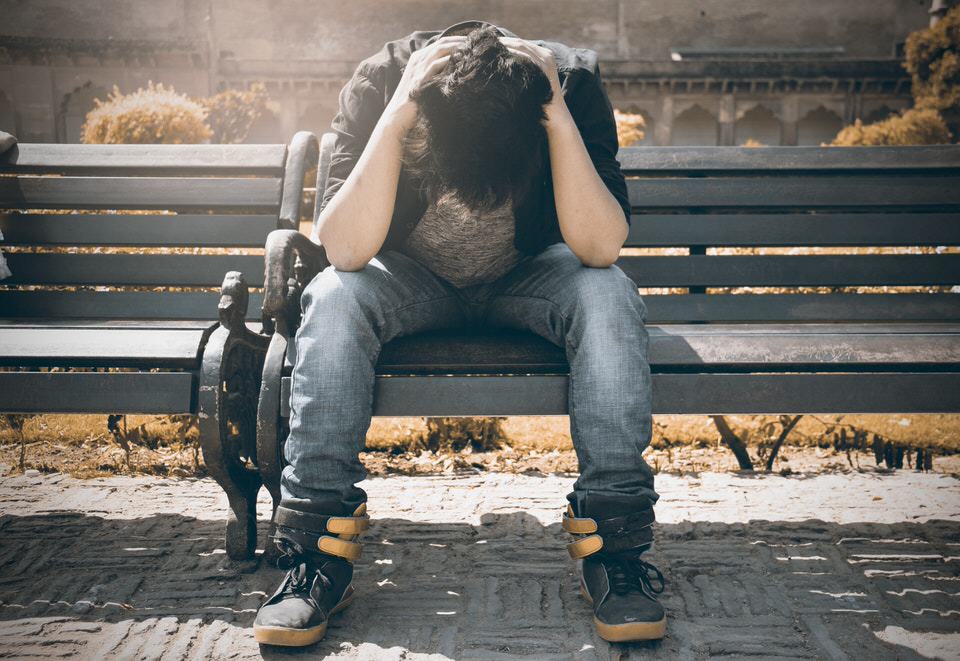
Your Body Holds The Clues
Next time you are experiencing anxiety, or even thinking thoughts that trigger your anxiety- pay attention. Noticing where you tend to hold anxiety and stress in your body physically can help you know how to prevent and reverse this process.
For example, many people tend to hold anxiety and stress in their upper back and neck. Additionally, common symptoms of panic attacks and anxiety are rapid heart rate and shortness of breath.
Having an idea of the physical cues that you personally experience can help you have an awareness when anxiety is hijacking your brain and your thoughts. Those anxious thoughts are not you and they are not facts.
You are not defined by your thoughts and you can choose not to follow them down the rabbit hole.
Try this: Keep a journal for the next week. Pay attention to the physical sensations you experience before, during, and after any anxious episodes or while having anxious thoughts. At the end of each day reflect and write down what your physical sensations are so you can keep track of them.
What Does Relaxation Do To Your Body?
When you are in a state of anxiety your sympathetic nervous system is activated. This is the component of your body that ramps up your heart rate, breathing, and muscle tension, and gets you ready for fight, flight, or freeze.
When you are in a state of relaxation your parasympathetic nervous system is active. This results in a slowing down of your heart rate and breathing, loosening in the tension of your muscles, and a sensation of calm.
Relaxation allows your body to calm down, creative thoughts flow more freely, you feel safe, and your focus is improved- among other positive benefits.
Constant stress and anxiety results in inflammation in your body, which can result in chronic pain, disease, and medical problems. The opposite of this- relaxation- can make it less likely that you experience the negative outcomes of inflammation.
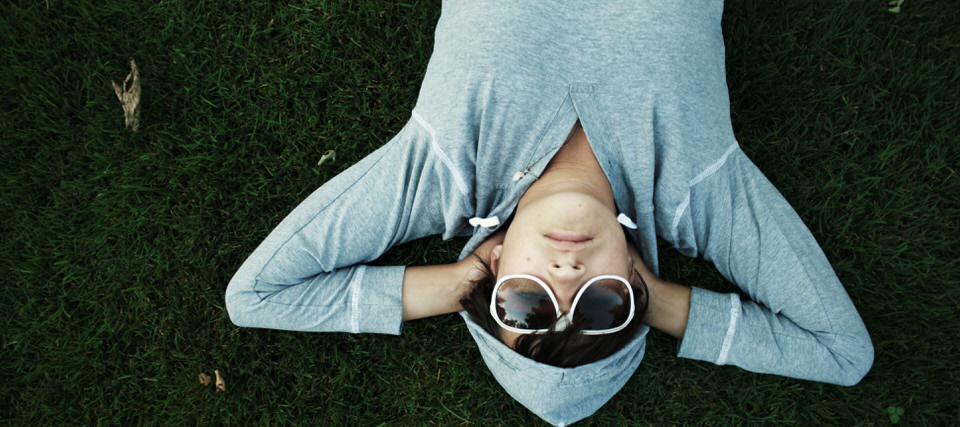
My Top Anxiety Relaxation Techniques
Deep Breathing
Typical breathing when you are anxious is shallower and goes only into the chest. In order to get the most benefit from deep breathing, it is important to take deep breaths all the way down into the belly.
- Start by taking a comfortable seat or lying down. Place your hand on your belly so you can feel it rise to know that you are taking deep enough breaths.
- Breathe in slowly through your nose while you feel your belly rise. Breathe in to a count of 4.
- Hold your breath briefly for a count of 2.
- Then exhale through your mouth for a count of 6.
- Continue this pattern for 5 minutes.
Close your eyes if you feel comfortable and set a timer to go off after the set amount of time you choose.
There are various different breathing techniques that can aid in promoting relaxation and relief from anxiety and stress.
Progressive Muscle Relaxation
Often, anxiety results in tension held throughout the body, with some areas of the body feeling tenser than others. Progressive muscle relaxation incorporates tensing and relaxing of the entire body to help invite less holding onto tension in the body.
- Start by taking a comfortable seat or lying down. Take a few deep breaths to relax.
- Breathe in slowly and bring the attention to the muscles in your feet and tense the muscles.
- Breathe out as you release the tension in your feet.
- Breathe in slowly and tense the muscles in your calves.
- Breathe out as you release the tension in your calves.
- Continue this way up the rest of your body, breathing in as you tense an individual area and breathing out as you release the tension. (Thighs, buttocks, belly, chest, upper back and shoulders, upper arms, forearms and hands, neck, and face)
Grounding
The process of grounding is becoming more present in your body and in this moment. It can help to focus your mind on physical sensations and your senses, rather than the anxious thoughts that are causing you to spiral.
My favorite technique is called 5-4-3-2-1 grounding.
5-4-3-2-1 Grounding
- You can do this wherever you already are: seated, walking, standing, lying down, etc. Take a deep breath to relax.
- Pay attention to 5 things you can see around you. Name and describe them either out loud, or to yourself. (Examples: I see a black table, a blue book, a fuzzy blanket.)
- Pay attention to your body and notice 4 things you can feel. Name and describe these things either out loud or to yourself. (Examples: I feel the warmth in my shoes, I feel my feet against the ground, I feel the pillow soft against my back, I feel the sleeve on my arm.)
- Pay attention to 3 things you can hear around you. Name and describe these things either out loud or to yourself. (Examples: I hear the traffic outside, the birds chirping, the white noise machine.)
- Pay attention to 2 things you can smell. Name and describe these things either out loud or to yourself. (Examples: I smell the grass outside, the perfume I sprayed this morning.) Name your two favorite smells if you can’t identify any around you.
- Pay attention to 1 thing you can taste. Name and describe this either out loud or to yourself. Name your favorite thing to taste if you cannot taste anything currently. (Examples: I taste the mint from my toothpaste, I taste the fruit from my snack.)
Be as specific as possible when describing the sensations for each step. This technique is excellent to use if you are experiencing a panic attack or very intrusive thoughts. It helps you to refocus on something other than your thoughts. The great thing is that you can do it to yourself and nobody around you has to know what you are doing.
Get Started Relaxing
I hope these suggestions for anxiety relaxation techniques were helpful for you. Take what resonates with you and leave the rest. The most important thing is that you enjoy the process of relaxation and find that it helps you. Don’t force yourself to do something just because you feel you should be.
If you’re looking for 1:1 support to help you cope with anxiety, I’m here to help. Schedule an appointment with me here.

